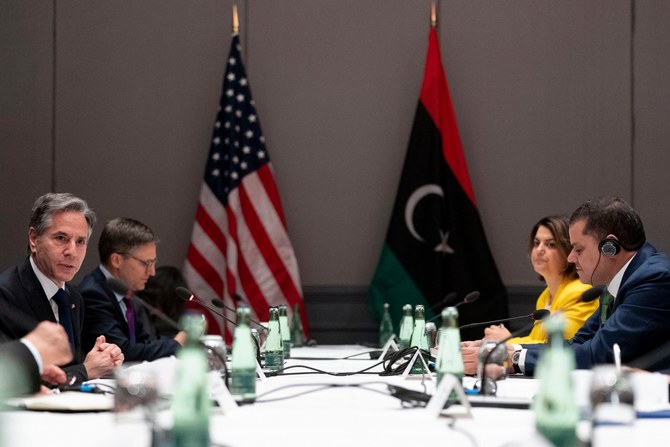
The sun is peeping over the horizon when eco-guard Christian Ndombe tips a bowl containing hundreds of baby turtles on to the beach where the Democratic Republic of the Congo meets the Atlantic surf. The newborns, who have spent the last eight weeks incubating at the Congolese Institute for Nature Conservation (ICCN) hatchery near the town of Muanda, inch towards the waves before being swept into the sea.
Over the past decade, the efforts of Ndombe and other ICCN rangers at Congo’s only marine national park have helped to increase the number of nesting turtles by reducing poaching, educating fishers and helping to safeguard nests. But rising sea levels and increasingly aggressive coastal erosion are shrinking the beach, leaving the females without the quiet, dry, sandy areas they need to lay their eggs.
“In the last few years we’ve seen a drop in the number of nests, from over 700 per year to 467 this year,” says Ndombe. “This is worrying us.”
It is estimated that only one in a thousand of the olive ridley turtles Ndombe releases will survive the 15 years to adulthood. For those that do, the females will swim thousands of miles before returning to nest on the beach they were born on – if it is still there.
Congo’s tiny stretch of coast – about 38km long – has already lost 8km of nesting zones to rising sea levels and erosion, according to David Mbuli, who manages ICCN’s sea turtle programme. Projections show that by the end of the century, the coastline will retreat inland by a further 50 to 100 metres, according to a UNDP report.
“If the erosion continues, there will be less space and they’ll be forced on to land or along the road in search for a place to lay eggs,” says Ndombe. “This will make it easier for poachers to take them.”
But Congo’s turtles face a more imminent threat. In January, at the end of a long sandy spit that separates the Congo river from the Atlantic Ocean, known as Banana, President Felix Tshisekedi laid the foundation stone of Congo’s first deep seaport.
The port, which was agreed in December between the government and the port operator DP World, is expected to attract some of the world’s largest vessels and turn DRC into a trade hub in the region, according to the president. People in the area welcome the job opportunities it will bring.
But because it is in an ecologically sensitive and protected area, in an estuary between a mangrove forest and a sea turtle nesting zone, conservationists are concerned. “With the construction of the port, we risk losing at least 3km of spawning beach, which will be disturbed by the various port activities,” says Mbuli.
“Not only will the infrastructure itself damage the turtles’ nesting ground, but the increase in noise and light pollution will put turtles off. And the increasing population will likely lead to more poaching.”
Rangers say they were not consulted about the project on the edge of the Mangroves national park, which is protected by national and international regulations.
“As far as I know there is no study about the environmental and social impact,” says ICCN’s director, Olivier Mushiete. “We need to see these studies.”
A spokesperson for DP World says: “The tip of Banana, where the new port will be located, is not within the mangrove marine reserve. DP World submitted an initial environment and social impact study to the Congolese Environment Agency, which issued DP World an environmental certificate. As part of our standards applied worldwide and our internal compliance procedures for new projects, we will conduct a further detailed environmental impact study before construction starts.”
Several miles up the estuary, Louison Ngeli Mpay, head of the national park’s anti-poaching team, turns off the engine of his boat as it glides towards the sound of an axe in a mangrove thicket.
Mangroves are one of the most carbon rich forests in the tropics, storing up to four times as much carbon as most tropical forests. This 768 sq km (297 sq mile ) protected area provides a unique habitat for a diverse range of plants and animals, including the endangered manatee and an amphibious fish.
It is also an essential ecosystem for the clam divers and fishers, some of whom live in villages built on islands in the mangrove forests. The mangrove’s thick web of roots offers an ideal spawning ground for fish, and the forest acts as a buffer against erosion and flooding.
Using his paddle to push the boat through a small opening, Ngeli Mpay discovers an empty dugout canoe among felled trees and spots a man chopping at the roots of a 60ft trunk. Ngeli Mpay shouts, the man runs off, and the rangers confiscate the canoe.
“Every time we go on patrol, we see trees that have been cut down,” says Ngeli Mpay, who adds that cutting wood for charcoal is one of the main threats facing the forest. But he is concerned the rate of forest loss will increase once the port is built.
“People from Kinshasa, Matadi and Boma will want to come here,” he says. “But we don’t have electricity, so for cooking people will use charcoal. And where does charcoal come from?”
With the port so close to the mangroves, Ngeli Mpay and others at ICCN fear that some of the forest might be cut back to build supporting infrastructure, and that large boats will have an impact on the fish populations that supply Congo’s coastal communities.
“The mangrove is a very fragile ecosystem,” says Mushiete. “But with such a project we also have a very big financial and economical impact, so what is the right balance?”
Ndombe hopes that balance can be tipped in favour of the newborn turtles scrambling down the sand.
“I hope in the future I can see more turtles, I hope I can see them coming back to the beach,” he says.












